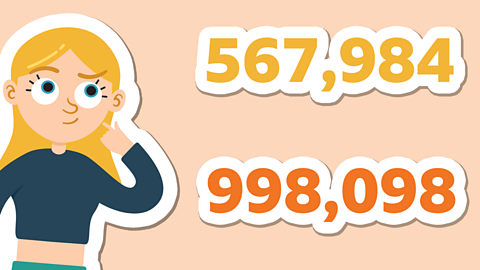What is a number line?
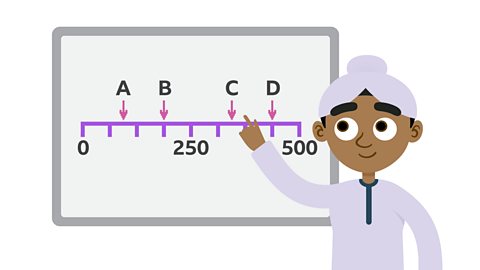
Number lines can help you see where a number is compared to another number.
You can create a number line that goes up to any number. You can then look at the part of the number line that's the most useful.
They can help you to order numbers, think about place value and estimate where a number is.
Often, number lines will not have every number marked on them.

Activity: Number line to 10,000
Complete this interactive activity to understand how to read and understand number lines. Then test your knowledge.
How to use number lines up to 10,000
Number lines help you order, compare, and estimate numbers.
A number line can show the space between two numbers and sometimes there have unmarked steps or intervals between them.
The scale on different number lines can be different.
Look at these two number lines:

On this one, the intervals represent gaps of 100.

And on this one, the intervals represent gaps of 200.
To work out the value of intervals, you have to count the parts between two marked numbers.
Divide the difference between these numbers by the number of intervals.
Once you know what intervals are on the number line, you can find numbers on it easily.

On this number line there are five parts between marked numbers and the difference between them is 1,000.
1,000 ÷ 5 = 200
So, each interval on this number line represents 200.
Finding the mid-point on a number line
The mid-point is the halfway point between two numbers.
It can be helpful to identify the mid-point when we are placing numbers on a number line.
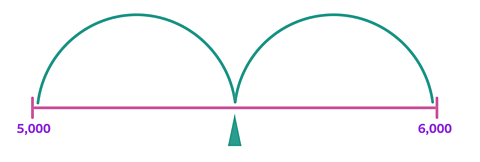
On this number line, the mid-point is 5,500.

On this number line, the mid-point is 6,000.
Example 1
Take a look at this number line. It goes from 5,000 to 10,000.

Can you estimate what number is shown on this number line?
✓ The arrow is not exactly half way between 5,000 and 10,000.
It is a little bit closer to 10,000. But it is not extremely close to 10,000.
What number is close to half way between 5,000 and 10,000 but slightly greater?
Let's first work out what is half way between 5,000 and 10,000.
First you have to find the difference between 10,000 and 5,000.
10,000 – 5,000 = 5,000
Then halve it:
5,000 ÷ 2 = 2,500
Now you can add 2,500 to 5,000 to work out what the number in the middle is.
5,000 + 2,500 = 7,500
So a good estimate for where the arrow is pointing would be 8,000.

Example 2
Here is another number line.

What number is being shown on this number line?
✓ First, work out what the intervals or parts represent.
There are 10 parts between 7,500 and 10,000. The difference between these two numbers is 2,500.
To find out what each interval is worth, work out how many tens are in 2,500.
2,500 ÷ 10 = 250
This means that each interval is worth 250.
You can count up in 250s to get to the arrow or work out 6 lots of 250 and add it on to 7,500.
This is because the arrow is 6 intervals from the 7,500 mark.
6 x 250 = 1,500
7,500 + 1,500 = 9,000
So the number shown on the line is 9,000.

Example 3
Finally, here is a number line going from 0 to 10,000.

Could you mark 6,900 on a number line?
✓ First, you need to find the closest marked number.
6,000 and 7,000 are marked on the number line.
6,900 is much closer to 7,000 than 6,000.
So you would have to draw the arrow just before 7,000.

Play Guardians: Defenders of Mathematica to get ready for SATs. gamePlay Guardians: Defenders of Mathematica to get ready for SATs.
In this game, use the times tables and more maths skills to defeat monsters and reclaim the Kingdom.

More on Place value
Find out more by working through a topic
- count6 of 10
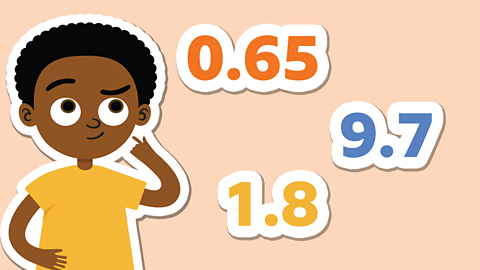
- count7 of 10
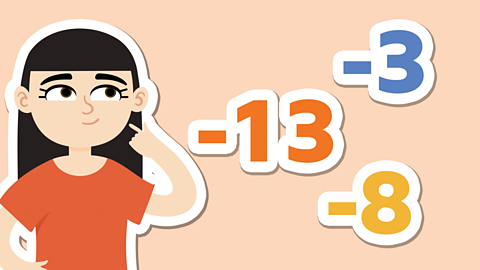
- count8 of 10
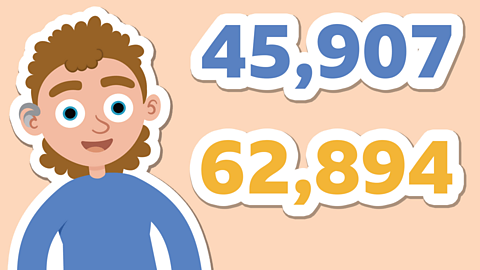
- count9 of 10
